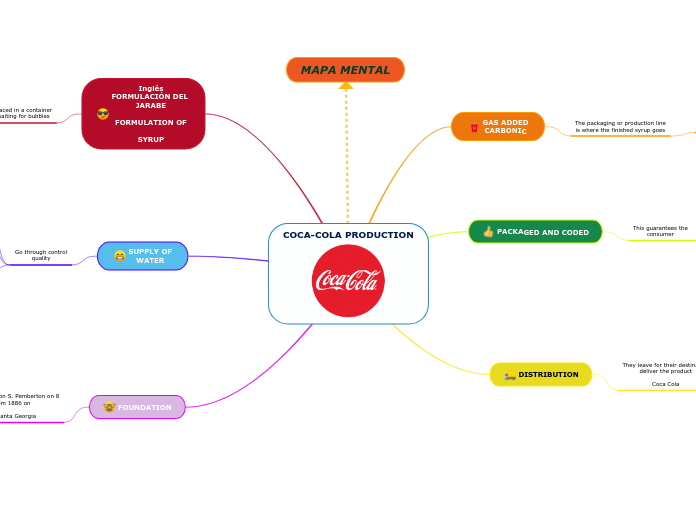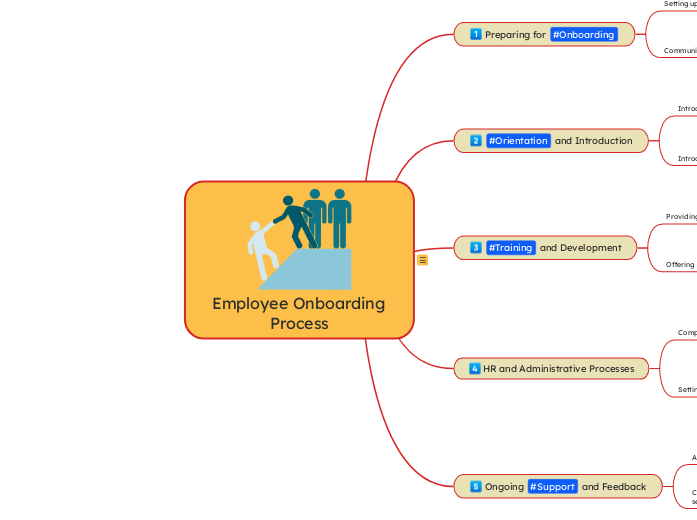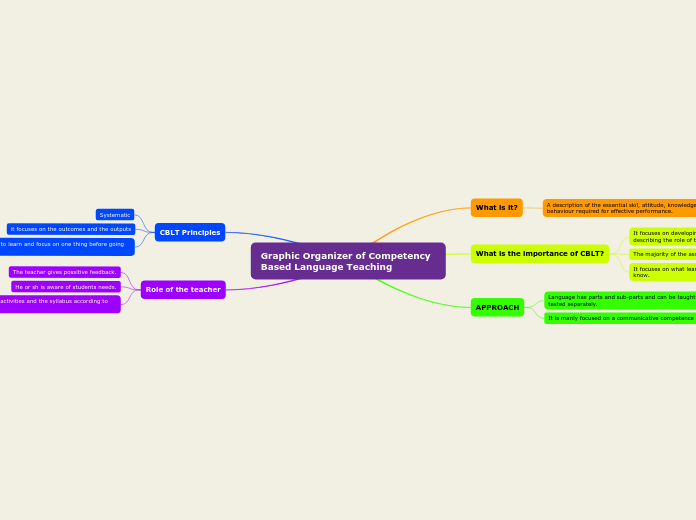Calculating Indices
Earned Value Method
Cost Schedule Index (CSI)
How to apply
Consider this example:
You have a short-term, ten-week project. Before the project starts, you define a budget and construct a Gantt chart indicating how you will complete the four critical tasks over the ten-week period.
To stay on top of your project, you request weekly cost reports from the accounting system and update your Gantt chart to reflect progress. At week four, the project looks like this:
Questions a Project Manager should always be able to answer
Will the project be completed on time?
Are costs consistent with work completed? Will there be enough money left to complete the project?
Does the quality of performance meet the specifications?
What problems are you experiencing and what progress are you making in affecting solutions?
Control System
Obradovitch & Stephanou (1990)
Communication and Control Sytems
Financial reports—most organizations have a pre-existing system for calculating expenses and generating reports
Updated network plans (project graphs)—showing changes and slippages for all project components
Performance, cost, and time graphs, including variance reports
Progress reports
Subcontractor or vendor performance reports (if applicable)
Special problem reports
Results of meetings—including project and system design reviews
M. M. Obradovitch and S. E. Stephanou. “Project Planning and Scheduling,” pp. 81–90 in Project Management: Risks and Productivity. Daniel Spencer Publishers, 1990.
Gantt Chart
A Gantt chart is a common tool for communicating and controlling a project’s progress. Gantt charts provide clear visual representation of what work has been completed and what work still needs to be done. They also demonstrate how the work that has or has not been done might influence the rest of the project, making the status of the project clear to you and your stakeholders.
Earned Value Metrics
Effective status reports:
Are formal written documents. Remember that the purpose of a status report—especially if your project is behind schedule—is to help stakeholders understand that you are competent to continue leading. Formal documents demonstrate care and attention, which will help you to send the message you are trying to send.
Contain information about the overall status of the project. In a short executive summary, you should be able to demonstrate where the project is with respect to its budget and schedule and whether it will be completed within all constraints.
Contain information about specific components. This includes information about individual tasks as well as information about specific problems the project might be facing.
Demonstrate an understanding that a project can look like it is doing better than it actually is. If everything is on time except one element that is on the critical path, a CSI might be high even if the project is in danger of serious delays. Good status reports are honest and demonstrate that the project manager understands the nuances of the project.
Help people understand the implications for future performance.
Time to finish
There are two methods for forecasting new times-to-completion for the project.
Assume the rest of the project incurs a proportional increase in time spent. To calculate, multiply the planned time left by (1/SPI).
Ex. (10 - 4) * (1/.82) = 7.3 weeks
Assume the project needs to be explicitly rescheduled. Re-estimate the completion time for all tasks and then use a software system (such as a CPM or PERT scheduling tool) to create a new schedule.
What to calculate
How you complete calculations…
You can use three methods to create a new budget forecast for completing the project.
Assume the rest of the project goes according to plan. In this method, the cost of completion is equal to the cost to date plus the budgeted expenses remaining.
In other words:
Cost to completion = ACWP + (Total budget – BCWP)
Ex. 7400 + (13200 - 6128) = $14,472
Assume the rest of the project has a proportional increase in cost. Here, the budgeted expenses remaining are multiplied by (1/CPI).
Ex. 7400 + (13200 - 6128)(1/.83) = $15,921
Assume only tasks running over budget will need adjustment.
Ex. Adjust task C but assume the budgets do not change for A, B, and D.
Actual Cost of the Work Performed (ACWP)
totals according to accounting systems
Budgeted Cost of the Work Scheduled (BCWS)
how much we expect to spend
Earned Value Basics
Control
Rewards goal achievement
Corrects Problems
Ensures effective utilization of resources
Guides work toward goals
Planning Phase
Anticipates problems
Motivates Goal Achievement
Allocation of resources
Setting Goals
Motivating Employees
Helping Others to Believe in Themselves
Expectancy Model
Expectancy theory is derived from the research and theorizing of numerous behavioral scientists. The formulation presented here is based upon the particular formulation of Victor Vroom (Work and Motivation. New York: Wiley, 1964), interpreted most persuasively by Edward E. Lawler, III, in R. M. Steers and L. W. Porter, eds. Motivation and Work Behavior. New York: McGraw Hill, 1975, pp. 190–200.
valance
Calculating P-O - Instrumentality
P-O is an indication of how much performance is instrumental to the attainment of a valued outcome. In other words, it reflects the question “if I do perform, what rewards am I likely to receive?” There are many potential outcomes-both rewards I want and negatives I hope to avoid-that exist as possibilities for me. And when I approach situations, I quickly assign a probability to each of these outcomes. If I perform an important task well, then the P to O expectancy that I may receive a promotion or a merit salary increase may be .70 in my mind. And if I meet my performance targets, the P to O expectancy that I am not going to be fired is likely to be 1.00.
Past Experiences - Success in the past would lead to higher a score
Self-Esteem - Higher self-esteem = higher score
Actual or Objective Situation - easy task = high score
Communciations from others - good reputation = high score
Locus of Control -
E -> P Expectancy -
Calculating E-P Expectancy
Probability that links effort to performance. The way to think about this probability is through a simple question: "if I really try to do something, what is the likelihood that I am going to be able to accomplish what I intend to do, given the situation that I am in?" We assign a probability estimate to that-a subjective value that ranges from 0 to 1. So, for example, if I say that the E to P expectancy (my effort to performance expectancy) of my succeeding on a new task is .90. That means I think there is a 90% chance that I will succeed.
Past Experiences - Success in the past would lead to higher a score
Self-Esteem - Higher self-esteem = higher score
Actual or Objective Situation - easy task = high score
Communciations from others - good reputation = high score
Designing Jobs Appropriately
Subtopic
Forming Natural Work Units
Forming Natural Work Units increases two of the core dimensions—Task Identity and Task Significance. When re-designing a job, a critical step is to determine the distribution of work among your team members. Tasks should be grouped into meaningful categories that provide a holistic quality to the actual output. They should be assigned in such a way that they give employees a sense of ownership. Equitable distribution and ownership can help the employee feel the work is meaningful and important.
Combining Tasks
As with Forming Natural Work Units, combining the steps of a job and making the employee responsible for an entire process from beginning to end or a significant component of the whole, enables the employee to see and identify with a finished product. Combining tasks not only combines production steps associated with a job, it also enlarges the range of tasks the employee is to take on. Combining Tasks thus contributes to the core job dimensions, Task Identity and Skill Variety.
Establishing Client Relationships
Establishing Client Relationships contributes to the core job dimensions, Feedback, Skill Variety, and Autonomy. Enabling the employee to take responsibility to make personal contacts with internal and external clients, contributes to the job dimensions as follows:
Feedback: Increasing communication opportunities provides greater opportunities for the employee to receive feedback about their performance directly from the client.
Skill variety: Employees develop interpersonal skills and create opportunities to learn new ways to manage and maintain relationships with clients.
Autonomy: When an employee feels responsible for how to manage a client relationship, the employee will be motivated to continue to do the job well.
Vertical Loading
By establishing Vertical Loading, the job increases the core job dimension, Autonomy. Providing the employee with the responsibilities normally associated with those of a supervisor or project manager enables an employee to take on more responsibility for the job and the work accomplished. This will lead an employee to take more ownership and take on more accountability for the end product. Some of the responsibilities include:
The scheduling of when and how the work will be completed
The handling of crises and making of decisions regarding the project
The establishing of work priorities
Opening Feedback Channels
Opening Feedback Channels provides an employee with more frequent information about how well they are performing or not performing. This contributes to the core job dimension, Feedback. There are several ways a project manager or employer can establish more channels of communication. One way is to establish a quality assurance process—a process of verifying or determining whether products or services will meet customer satisfaction. Quality assurance facilitates other individuals to check the work completed and provide immediate feedback where the work needs to be corrected. Any feedback the employee receives immediately after completing a project allows the employee to determine what needs to be done better and take action to learn the skills necessary to resolve the problem. This provides the employee with more opportunities to reflect on the issue when it is recent and they are able to take action to develop the skills necessary to develop their performance.
Hackman-Oldham Work Design Model
Richard Hackman and Greg Oldham model was built in 1975 and is based on the simple idea that there are three psychological states that play a significant role influencing behavior in the workplace.
J. R. Hackman and G. R. Oldham. “Development of the Job Diagnostic Survey,” Journal of Applied Psychology 60: 159–170, 1975.
Managing Yourself as a Resource
Stamina and Adaptablity
A person demonstrating this competency Acts patient and calm in situations of continuing high pressure Maintains high performance and attention to detail while working on a prolonged task Takes explicit action to reduce the effects of personal stress without noticeable deterioration of his or her performance Changes a course of action, plan, or activity to one that is more appropriate, in reaction to major stressful changes in the situation
Self-Control
A person demonstrating this competency Explicitly denies a personal impulse, need, or desire (i.e., makes a personal sacrifice) for the good of an overriding organizational need Explicitly replaces a usual personal response with a response that is more appropriate in a given situation Reports acting in such a way as to not show anger or other kinds of emotional upset when being verbally attacked
Accurate Self-Assessment
Work in this competency involves the three components of competency expression: intention, use, and objective confirmation. Work in this competency involves the three components of competency expression: intention, use, and objective confirmation.
A person demonstrating this competency Evaluates his or her performance as a specific example of personal strengths and weaknesses in terms that reflect recognition; merely describing a personal characteristic does not constitute identifying a strength or weakness Expresses a desire to seek help to improve on specifically stated personal limitations or weaknesses Seeks help or takes other action to improve a specifically stated personal limitation, weakness, or deficiency
Admitting Mistakes
The Psychological Contract
When two parties enter into a work relationship, they each bring with them a tacit understanding of what each expects from the other. Unfortunately, it is often the case that the two understandings are not aligned. The first strategy for motivating employees is to manage this psychological contract.
Perceptual Objectivity
the capacity to get in touch with the worlds and the world views of others—to understand their thinking.
Building a Capacity fo Perceptual Objectivity
1. Recognition
In this stage, you come to identify a competency when you see it. Recall the behaviors associated with the Perceptual Objectivity competency:
Describes another person’s point of view on an issue when it differs from his or her point of view
Accurately states the differing perspectives each party brings to the conflict
Recognizes or explicitly regrets another person’s loss of status or injured feelings resulting from actions taken for the good of the organization
When you see these behaviors, you know you are witnessing Perceptual Objectivity in action.
2. Understanding
In this stage, you see how the competency works for managers. For Perceptual Objectivity, you come to understand how its effective use with members of a project team or co-workers in an organization helps managers to understand and convey empathy for the expectations of their subordinates, and to make explicit what had previously been implicit in the tacit web.
3. Measure
This is a stage of discovery, wherein you learn which competencies you have and which are as yet underdeveloped. This requires a degree of accurate self-assessment. Ask yourself, “When trying to understand the needs and expectations of others, do I truly exercise the three behaviors associated with the Perceptual Objectivity competency?”
4. Experimentation
In this stage, you try the competencies you have never attempted before.
5. Practice
In management settings, consciously practice putting the competencies to work for you when dealing with your superiors, subordinates, and peers. As you enter each interaction, think about how you will employ each behavior to gain a clearer understanding of the psychological contract.
6. Apply
As you consistently and appropriately apply the behaviors, you eventually find that you are competent to use them as part of your daily duties.
Perceptual Objectivity has to do with:
the senses and the way we “read” others
how well we listen—and hear
supporting your subordinates more effectively, addressing conflict issues at their heart, building a team with awareness of the members’ diverse perspectives, and increasing your capacity for accurate self-assessment
involves the skill of self-transcendence, the capacity to reach beyond your own immediate perceptual experiences into the larger world of others
a foundation for gaining a true understanding of the needs, aspirations, perspectives, and expectations of others, and it is fundamental to our ability as managers to encourage high performance in those who work for and with us.
Two classes of situations
when your perspective differs from that of another person
when you discern the perspectives of others in a conflict that doesn’t necessarily involve you
Tacit Web
What are the two parties going to do for each other?
It deals with the mutual web of expectations between an individual and an organization detailing what the two can offer and expect from one another. But there is one complication: the psychological contract is often tacit—the parties do not explicitly discuss it. Even when it is written down (often as a component of a work contract), it is often incomplete.
What should the project manager do?
The astute manager is constantly monitoring the people on her team to find out what expectations they have for her and the organization…they are trying to make explicit that which is so totally implicit, trying to make it very clear what people need and want.
Why don't people simply put all expectations into a formal contract?
In many cases, people do not know what they want until they don't receive it. But the fact is that even if their expectations are being met, those expectations might change tomorrow. The psychological contract is dynamic and it changes as people evolve and age.
What is meant by the cycle of demotivation?
The psychological contract is tacit, but it is very real and very powerful. I enter into my work relationship with what I think is mutual understanding, admiration, and respect.
But then, for some reason or another, there is a disconnect.
I believe, for example, that I have an arrangement whereby I do task A and I am going to be earn reward B. And so I do task A—and do it well—and there is no reward.
And it might be because they didn't know I wanted it, or it might be because my work did not meet the expectations THEY had for ME. But either way, I say to myself,
'well…if I worked this hard and they didn't give me what I thought they were going to give me, then I don't know why I'm working so hard.'
So I start to give a little less, and now I am definitely not meeting the expectations of my employer. So maybe there is still no reward and maybe I face some punishment. So I become more upset with the organization…and I am in this downward spiral known as the cycle of demotivation.
How are psychological contracts formed?
The psychological contract you form with an organization is partly a function of your self-identity…who you think you are and aspire to be…and partly a function of your interactions with the organization that employs you.
Ensuring Value Management









